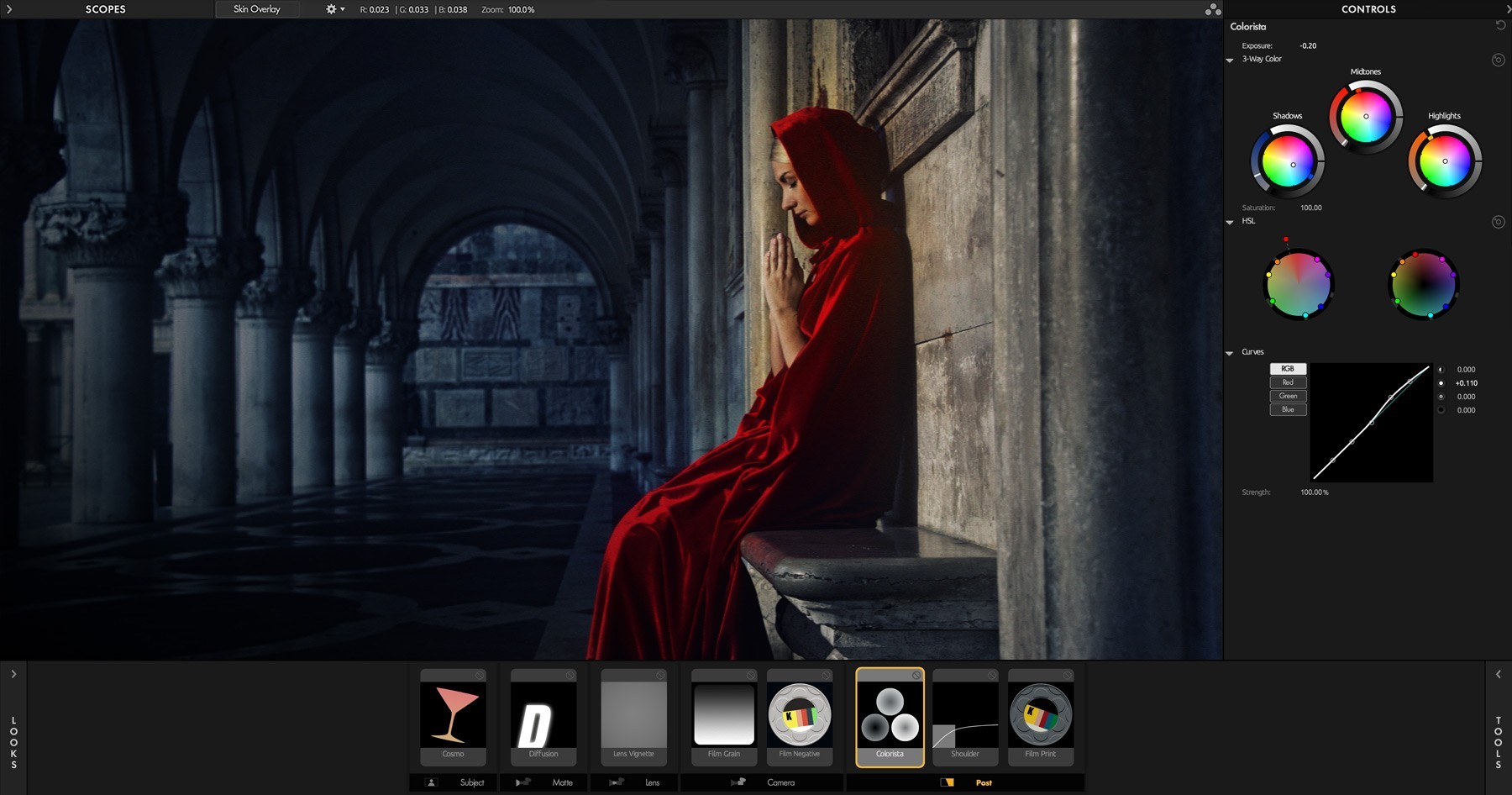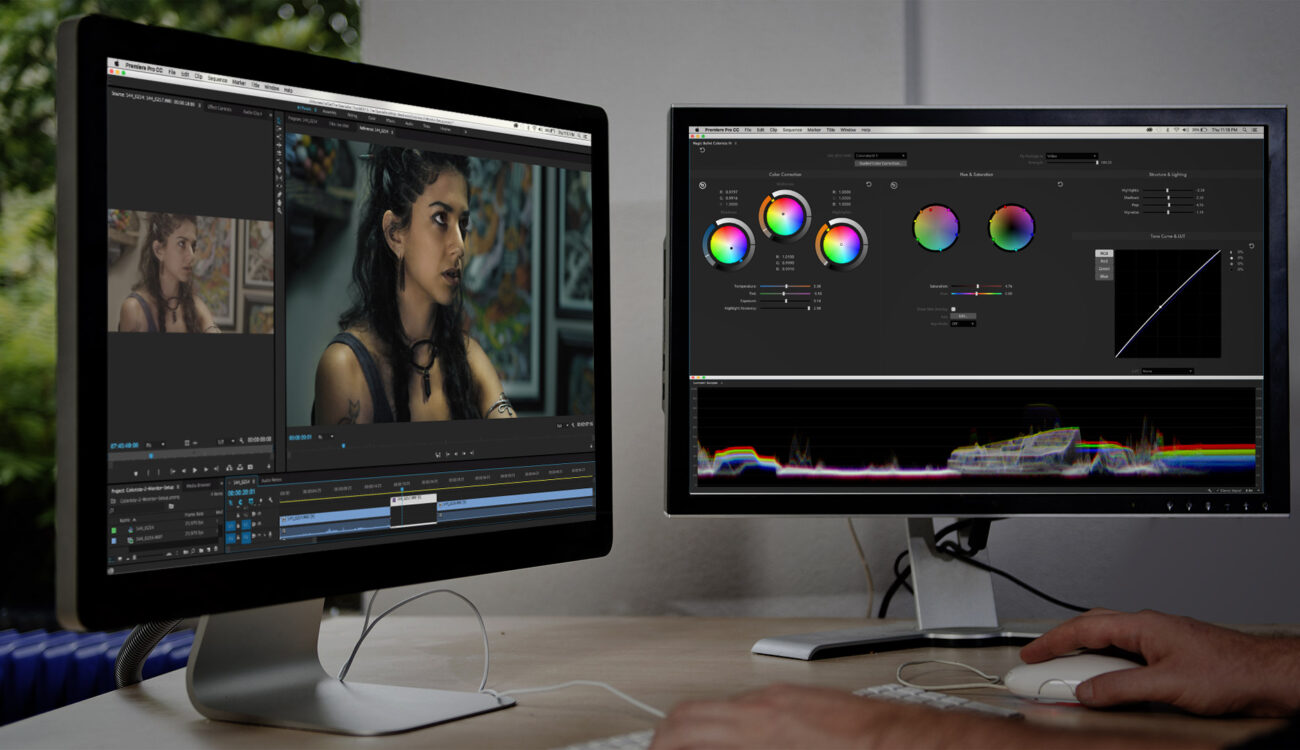

- #MAGIC BULLET LOOKS ADOBE AFTER EFFECTS CC FULL#
- #MAGIC BULLET LOOKS ADOBE AFTER EFFECTS CC PRO#
- #MAGIC BULLET LOOKS ADOBE AFTER EFFECTS CC SERIES#
Instead, you'll first have to export stills from frames in Final Cut Pro X before loading Magic Bullet Looks 4 and then importing these into the app. The way you load them isn't as efficient as with Da Vinci Resolve, where you can create them in the app itself. The new version of Magic Bullet Looks has another improvement that was much needed: the ability to load multiple reference stills. The support already existed in updated versions of Looks 3. In Looks, you'll find support for Apple's Trackpads to control parameters. Proper support for control surfaces is still lacking, although there is a compromise, but not in Colorista. In other departments, Colorista plays catch up with it, only now fully supporting Log footage and LUTs. If you're somewhat experienced, though, you'll want to do it all by yourself and, in that case, Colorista 4.0 is as good as the previous version.Ĭolorista 4.0 may lack some of the advanced capabilities of Denver Riddle's plug-in, but it has some advantages the Color Finale system doesn't have, such as built-in secondary colour masks and an idiot-proof way to correct your white balance, for example. It's quite accurate and, if you're new to colour grading, it might be one of the best 'tutorials' on the subject you can find.
#MAGIC BULLET LOOKS ADOBE AFTER EFFECTS CC SERIES#
With this tool, inexperienced colourists answer a series of questions, after which the plug-in figures out the best colour settings itself. Even pros will have to admit Colorista 4.0 is efficient to work with, while occasional colour grading users will love the 'Guided Color Correction' workflow tool. I think most will agree Color Finale Pro is in a league of its own, with its support for ACES, X-Rite calibration feature and control surface capabilities, but Colorista 4.0 is nothing to sneeze at, either.

#MAGIC BULLET LOOKS ADOBE AFTER EFFECTS CC FULL#
It offers full control over the look and feel of the noise you add and has extended controls for sharpening, texture and types of grain you want to add. What the Renoiser plug-in is good at, however, is to give digital footage a grainy film look. If you don't like the plastic look you inevitably get with a heavily denoised image, I wouldn't recommend using the brand new Renoiser 1 to add noise again. Rendering noise reduction results remains a slow affair, though.ĭenoiser 3.0 effect depicted in middle section

Denoiser 3.0 gives splendid results out of the box. In Final Cut Pro X, I used Photon Pro, which did a good job, but required a lot of repeated small adjustments to get it right, taking an awful lot of time. Denoiser used to work only with Adobe products. Here's a plug-in that has been entirely rewritten, resulting in a slimmed down set of controls. Perhaps the least spectacular, but most important new module in Magic Bullet Suite 13 is Denoiser 3.0. Adobe After Effects and Premiere Pro users will be happy to know that Looks 4 and Denoiser 3 now enjoy Mercury support, which means they now have real-time playback of the effects in their favourite composition and editing applications. Version 13 includes new versions of Colorista, Looks, Denoiser, Film, Mojo and Cosmo.

RedShark Review: Red Giant releases Magic Bullet Suite 13, a complete grading solution for Adobe products, as well as Final Cut Pro X.įinal Cut Pro X users rejoice: all of Red Giant's Magic Bullet Suite modules now work as plug-in to your beloved NLE. Colorista Panels in Magic Bullet Suite 13


 0 kommentar(er)
0 kommentar(er)
